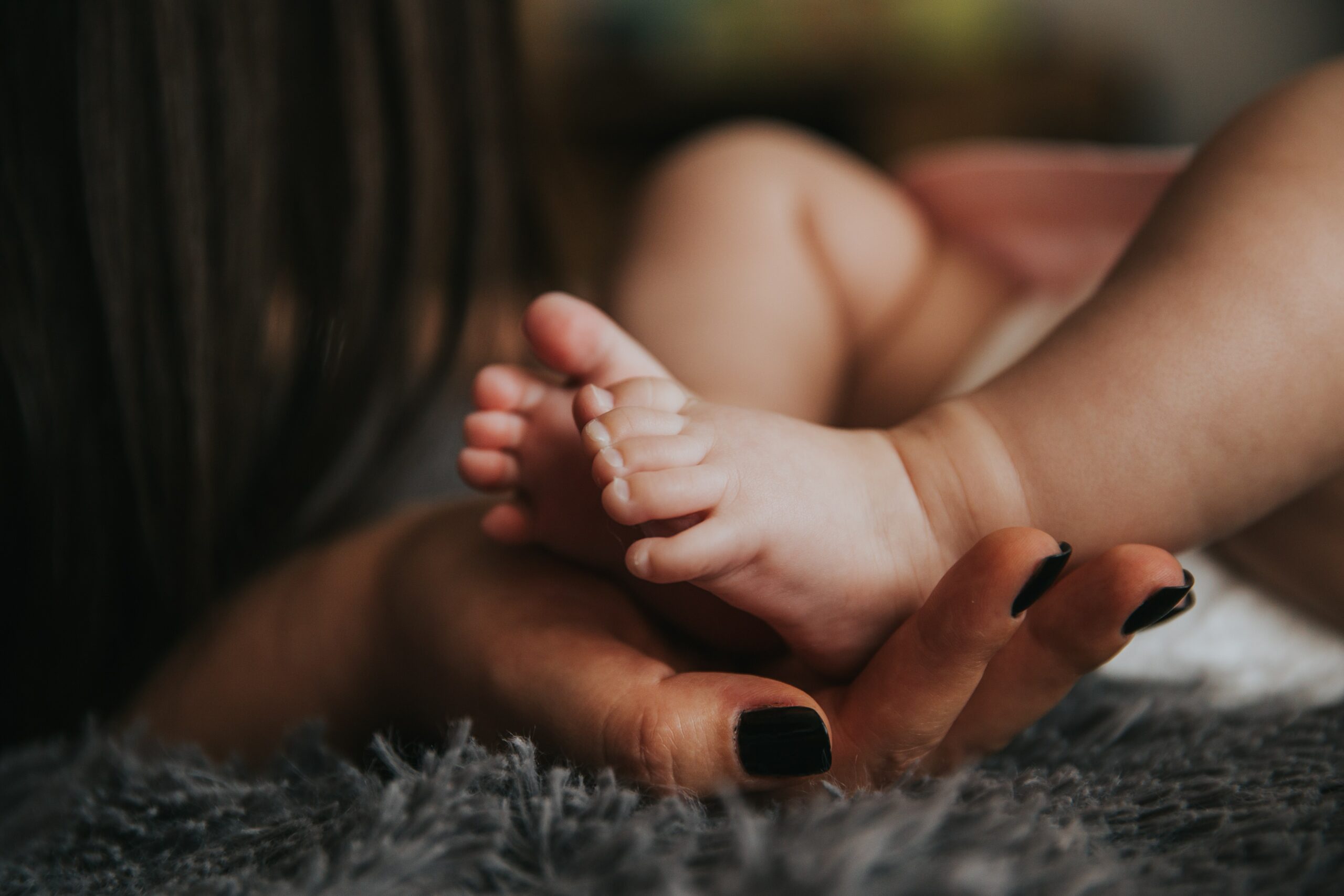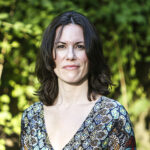In 2013, I took the refuge vow to become Buddhist. In this ceremony, one takes refuge in the three jewels: the Buddha, the dharma, and the sangha. I took refuge in the Buddha as an example of a human being — not a deity — who achieved enlightenment; in the dharma, or teachings of the Buddha, also translated as “the truth;” and in the sangha, the community of practitioners who are alone – together on the path to awakening. That was the year I began my nutrition therapy practice, what I thought would be my “baby” to nurture, love, and grow. In 2014 I got pregnant — almost exactly six months after my partner and I had decided not to have kids. And in July of 2015 my son was born.
A bodhisattva makes one central commitment: to put others first, holding nothing back for themselves. Who does this sound like?
During my pregnancy, I stopped being able to absorb new information. I was participating in a Buddhist studies group in which we examined dense teachings. As my rapidly changing body had me switching between sitting on a hard metal chair and sitting cross-legged on the floor, I felt I had already left that circle of students and the academic experience of the teachings. I stopped attending when I was seven months pregnant — the sitting by then untenable — and in many ways put my Buddhist “studies” on hold.
Time slowed down. My body took charge and did not ask for input in the manufacture of bones and teeth. When I sat to meditate (often with my cat Rufus’s body wrapped around my belly), I sensed intelligence in the individual coming to life inside me. Just as the instincts of my body had taken over, this person clearly possessed wisdom that was both separate and not separate from me.
In one way, my Buddhist studies ground to a halt when I became a mother. But in another — one I’ve come to regard as much more important— they had only begun. For many of us on a spiritual path, motherhood can feel like a detour. While devoted practitioners eschew daily minutiae to deepen their meditation practice, mothers stay behind to nourish, attend to, and lasso tiny (and then not so tiny) humans. It is tempting to place greater value on the duration and depth of a sitting meditation practice than on being in the trenches of feeding, bathing, soothing, and connecting with our children. But this would be missing the point of why we practice.
The power of presence has gained awareness in recent decades, due in no small part to the work of Jon Kabat-Zinn, who has banged the drum for this practice over the past four decades and created the gold standard of western mindfulness in his mindfulness-based stress reduction (MBSR) curriculum. It is not surprising that in order to break into the mainstream, mindfulness had to be packaged in a scientifically validated standardized program (uncoincidentally designed by a white male). The masculine qualities that made it relevant to our culture are perfectly aligned with what we collectively value—rationality, even-temperedness, scientific evidence, righteousness. I love all of these things, but they are only half the story. They fail to include the more feminine qualities of emotion, embodiment, and lightning-strike wisdom that culminate from the mind–body–heart connection. Fortunately, mindfulness itself is not beholden to our western values. It is inherently whole — a healthy balance of masculine and feminine energies.
I managed to prepare for and take the bodhisattva vow in April of 2016, when my son was nine months old. I’d considered taking this vow a couple of years earlier but could not connect with my authentic inspiration. At the time it felt like a sensible next step, but that was not good enough for the seriousness of the vow. Committing your life to be of benefit to others is not sensible. After becoming a mother, however, the call to formalize my role as a bodhisattva became more insistent. Motherhood made my world simultaneously bigger and much smaller. Though my attention was concentrated in the microscopic needs of my son, I also felt an intense urgency to create a world that is kind, compassionate, and sane for my child.
Traditionally, the great bodhisattvas have been male (as was the historical Buddha—yes, that same dead-beat dad who left his family and found himself, or rather his no self). They are cited as inspirations because they form an unbroken line of individuals who have not “indulged in self-preservation.” But in order to do the work of the bodhisattva, we do need to be preserved. If we are not to indulge in self-preservation, who then exactly is concerned with maintaining our survival, safety, and sanity? A monk may renounce his worldly possessions but rely on the shelter of the monastery and donations to his Buddha bowl. Who is filling up a mother’s Buddha bowl? In many cases, the answer is no one. And so, the mother must walk that fine line of somehow preserving herself while also attending to the pressing needs of others.
Motherhood made my world simultaneously bigger and much smaller. Though my attention was concentrated in the microscopic needs of my son, I also felt an intense urgency to create a world that is kind, compassionate, and sane for my child.
A bodhisattva makes one central commitment: to put others first, holding nothing back for themselves. Who does this sound like? Putting others first is a way of being that comes naturally to mothers whose very bodies will suck the calcium out of their bones to build those of the developing child. Emphasis is also placed on the bodhisattva’s quality of taking responsibility, something mothers are all too familiar with as they naturally slide (or are slid) into the role of default parent, default planner, default logistics manager. As mothers, we are constantly scanning the horizon for the needs of others, attending to the physical, emotional, and even spiritual ups and downs of our children one day after the next. This omniscient quality requires awareness that is both focused and expansive, not unlike that which we hone through meditation practice: we feel the breath and at the same time remain aware of sensations, sense perceptions, and passing thoughts as life goes on around us. This two-pronged awareness allows mothers to attend to the changing of diapers, to have the patience of nursing a baby destined to be a leisurely eater, to let go of plans and reading and mobility while also having a panoramic view of themselves in space and time, of how everything is interconnected.
Whether or not I had formalized my role as bodhisattva, when I had my son, I took that vow. We all do, no matter our route to motherhood. As a bodhisattva mother every moment becomes “the path.” Motherhood is the path.
From Mommysattva: Contemplations for Mothers Who Meditate (or Wish They Could) by Jenna Hollenstein, published by Lionheart Press, copyright © 2021. Further reprinting of material by express permission of the publisher.

